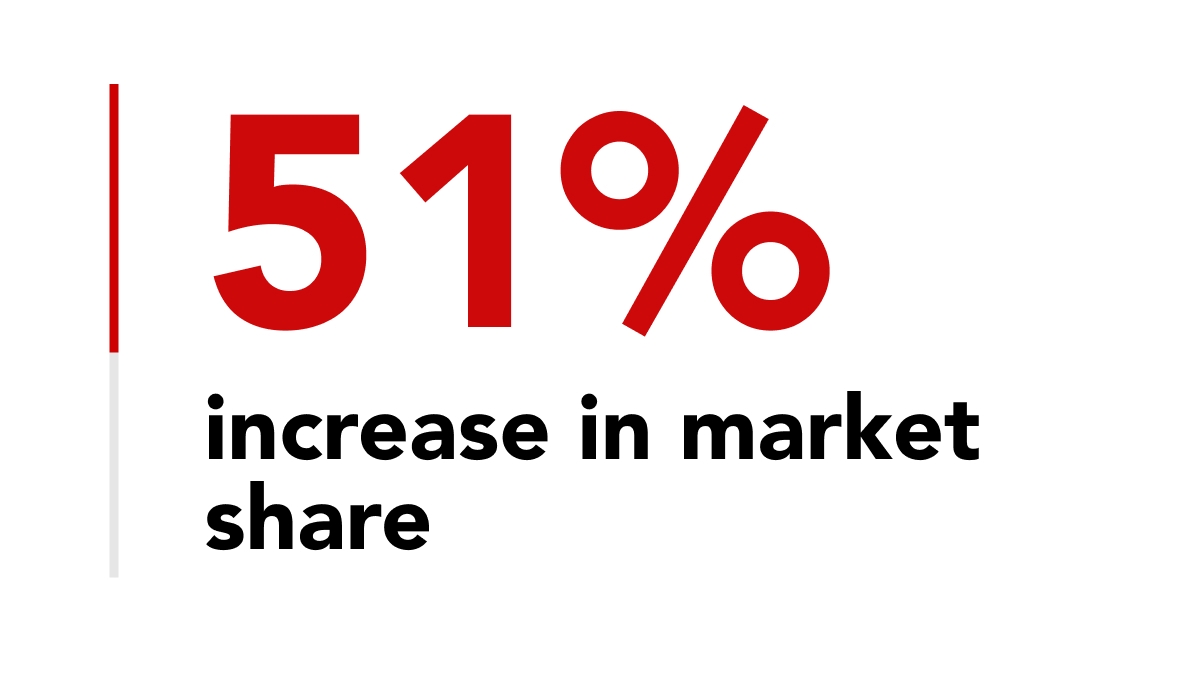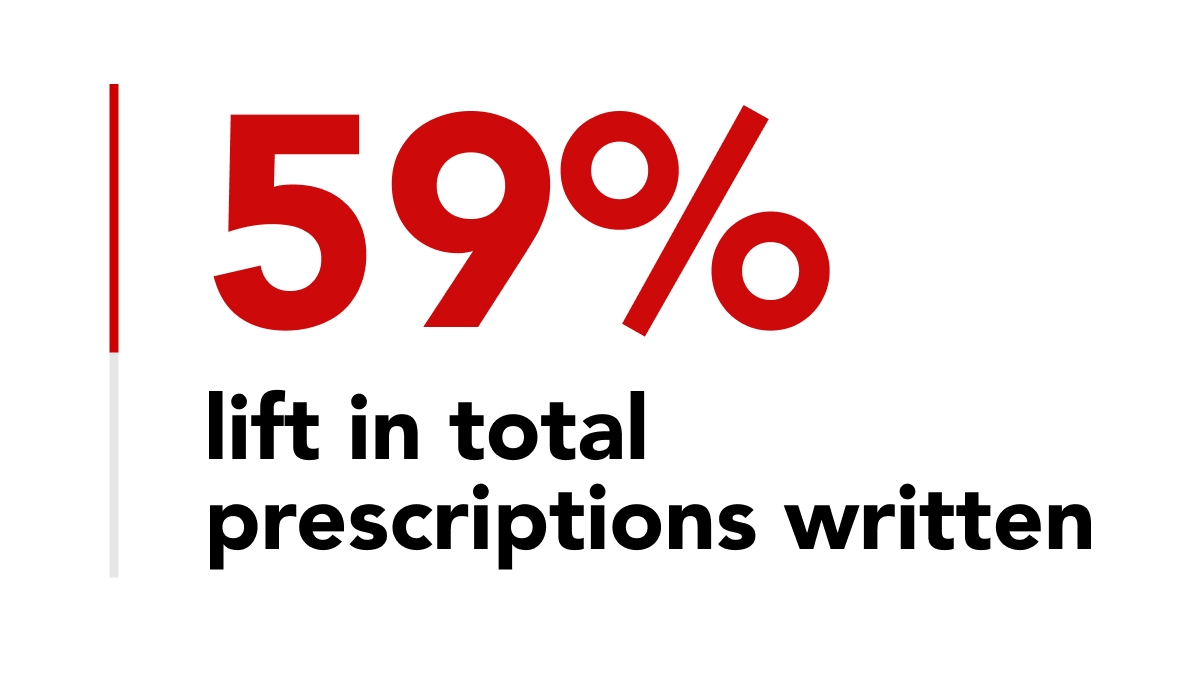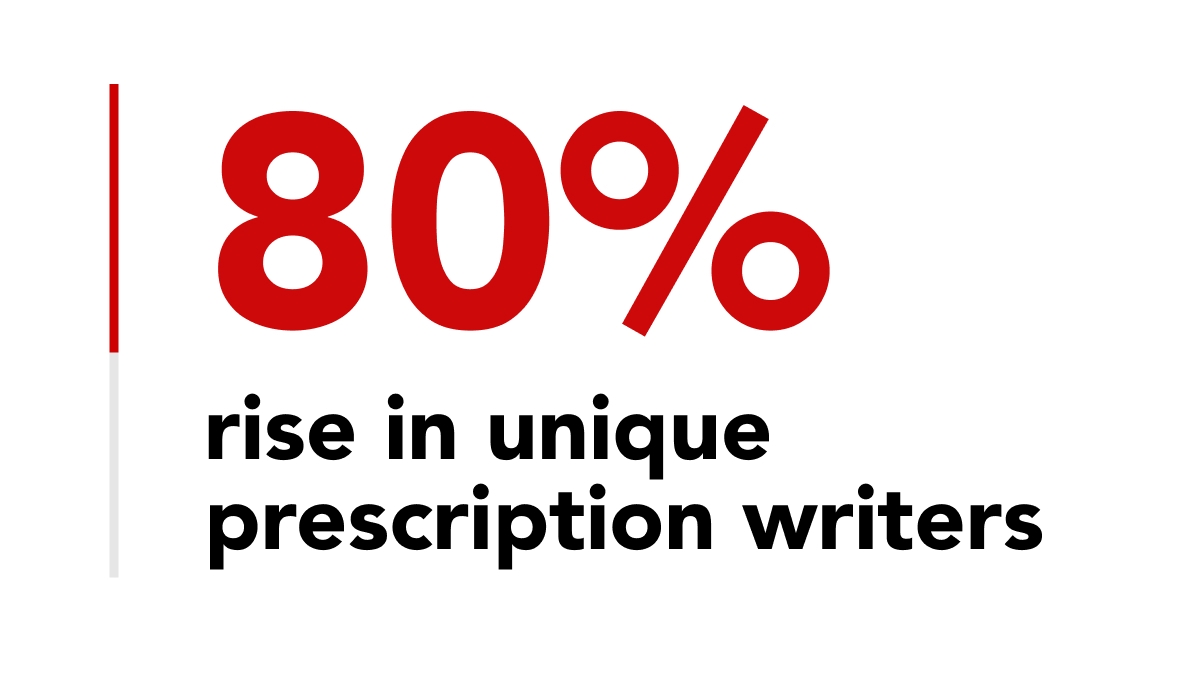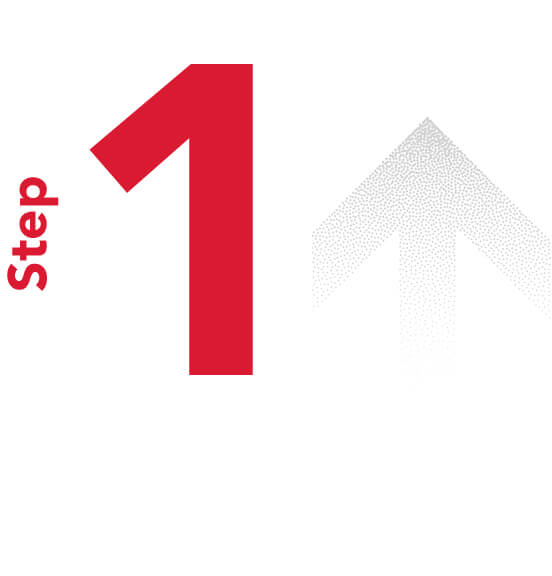
Set the Baseline
We assessed and prioritized media tactics that drive high-value actions, including tactics such as paid search and social media.
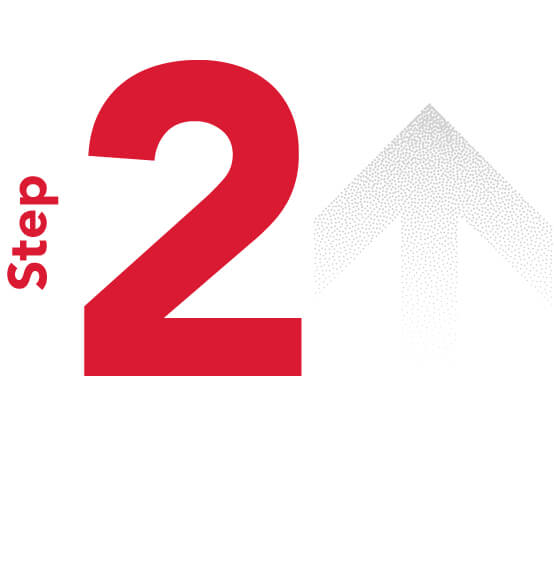
Phase the Rollout
We introduced predominantly awareness-driving media tactics, such as programmatic display, in a phased approach so we could effectively evaluate the impact of these tactics on overall campaign performance.
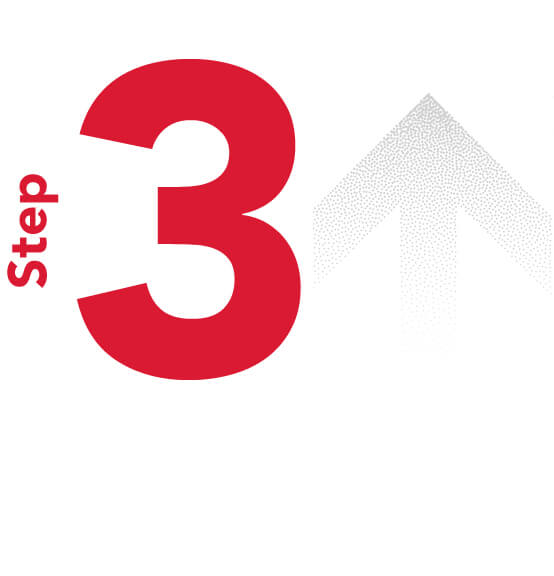
Find the Right Pulse
We ran programmatic display ads for set periods that we called the “pulse,” then paused them to evaluated key performance indicators (KPIs). We observed an immediate increase in search impressions and site visits, followed by a delayed rise in prescriptions written.
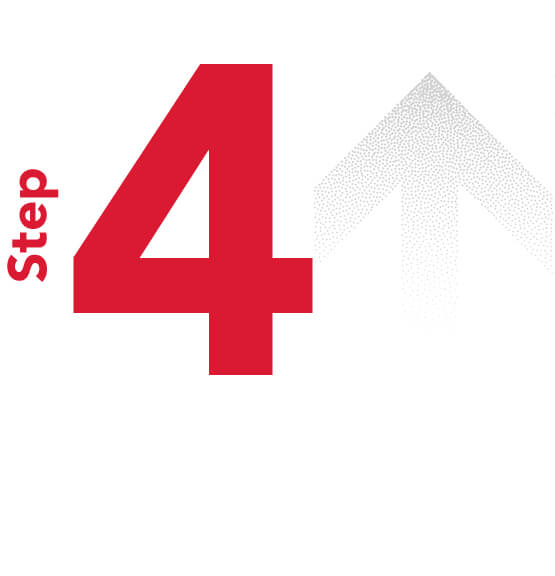
Ride the Wave
Our pulse method revealed that programmatic display advertising added value beyond generating immediate impressions. By strategically turning display ads on and off, the brand could “ride the wave” of awareness generated during the periods when ads were active. During these waves, ads were turned off to conserve the budget until a notable dip in KPIs was observed.
